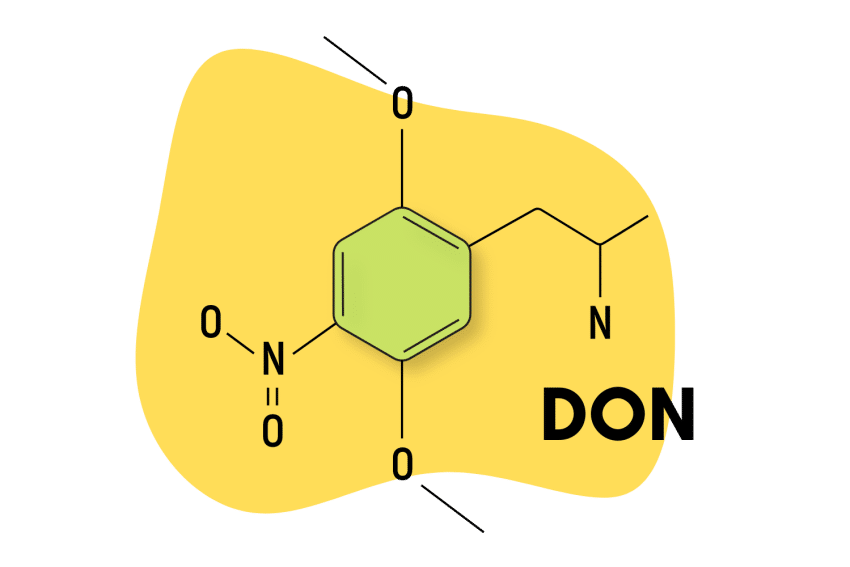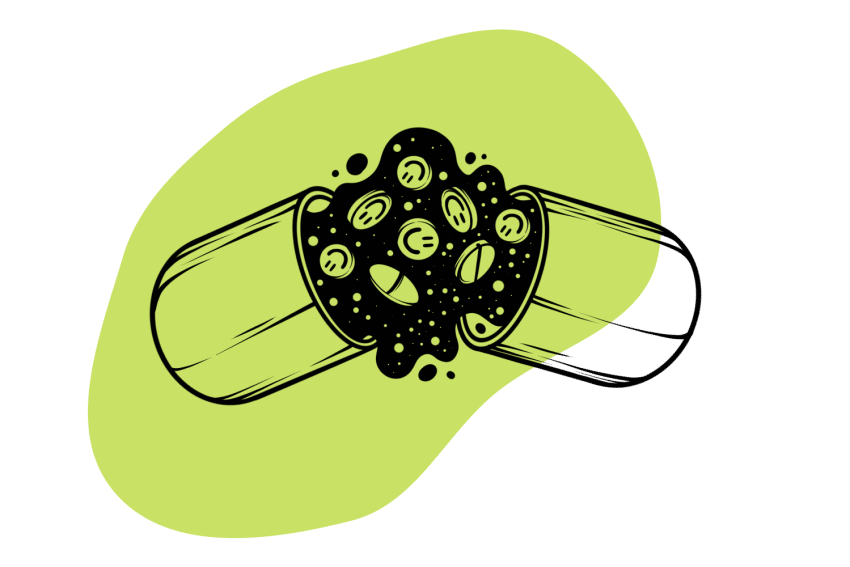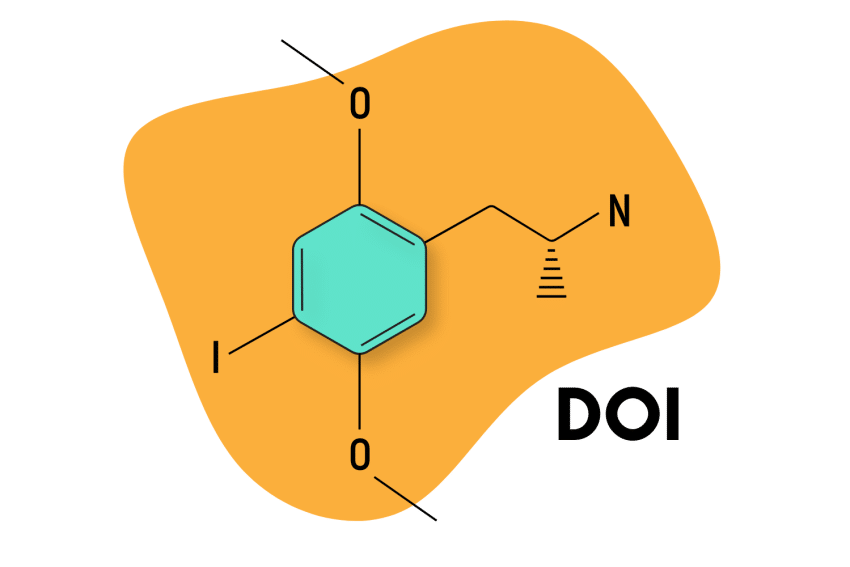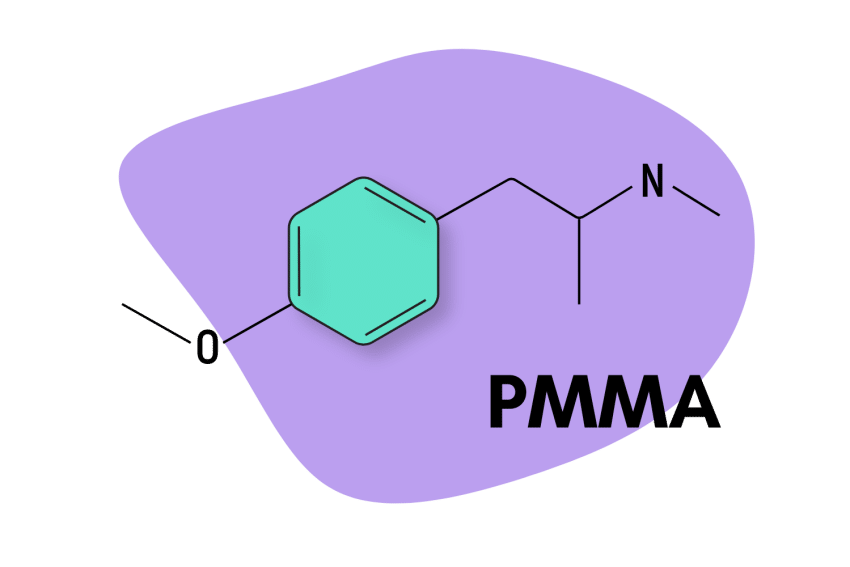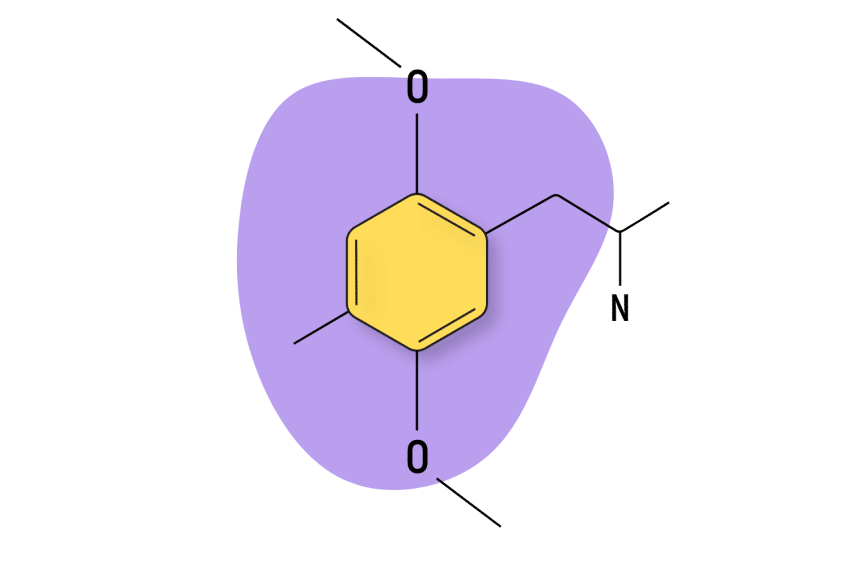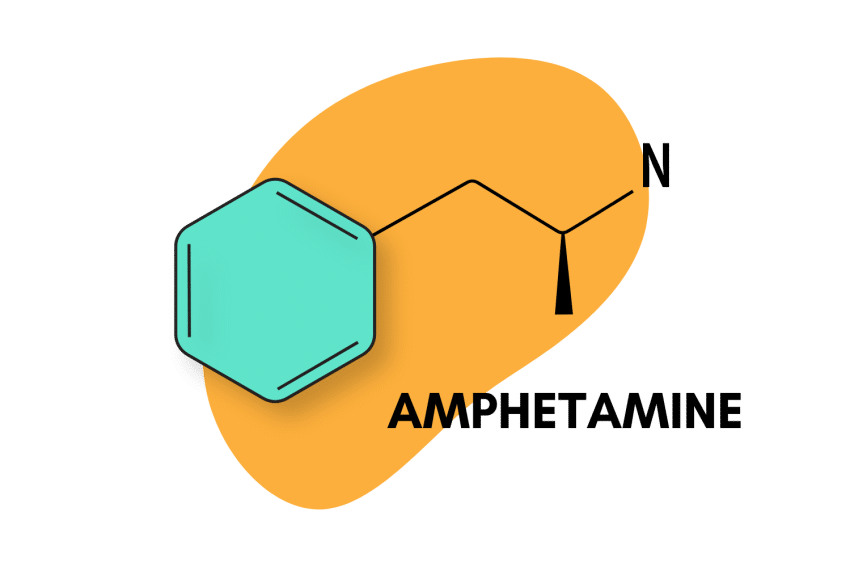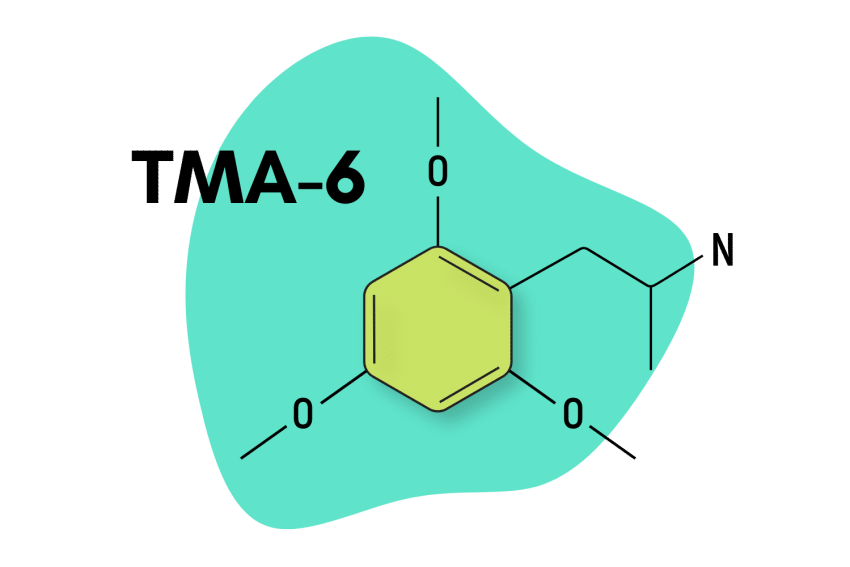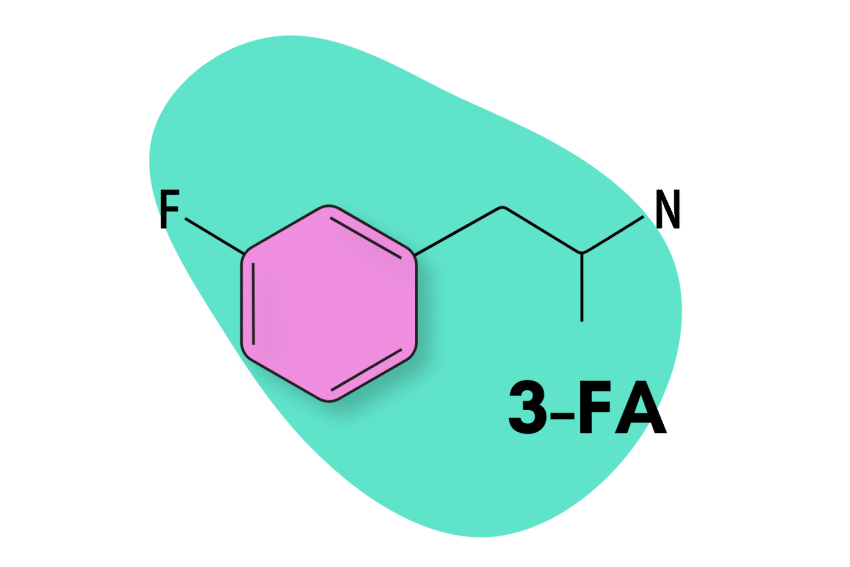Butylone: Effects Profile, Safety, and Particularities
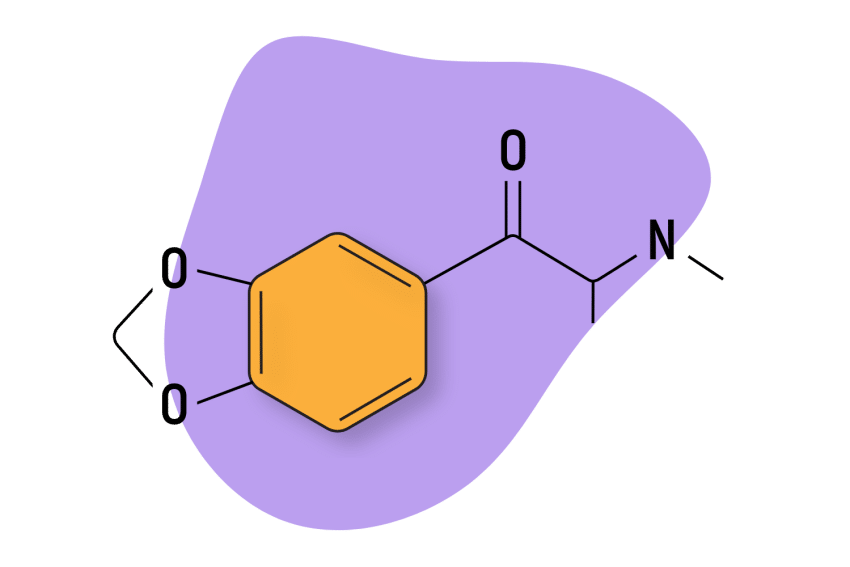
What is Butylone?
Originally synthesized in the 1960s through scientific research, butylone is a synthetic recreational substance.
A substituted amphetamine, butylone, is more specifically classified as a synthetic cathinone and displays the traditional pharmacological characteristics associated with this subfamily, mainly elevated potency and a strong emphasis on stimulation.
Like other cathinones, butylone can have dangerous side effects, including elevated heart rate and blood pressure, agitation, paranoia, and hallucinations. Its use has been associated with numerous deaths and hospitalizations, and it is illegal in many countries.
Butylone Specs
| Chemical Name | beta-keto-N-methylbenzodioxolylbutanamine |
| Level of Risk | Moderate |
| Other Names | N/A |
| Most Common Side Effects | Psychosis, seizures, anxiety, paranoia, agitation, confusion, increased heart rate and blood pressure, palpitations, chest pain, and difficulty breathing. |
| Duration of Effects | Three to five hours |
| Estimated Threshold Dose | 20 mg |
| Common Dose | 80 to 125 mg |
| Legality/Status | Illegal in most countries |
| PubChem ID: | 56843046 |
| CAS# | 802575-11-7 |
Tripsitter Safe Butylone Guidelines
- 🐍 I understand why substituted amphetamines should be treated with respect
- ⚖️ I’m familiar with the laws for substituted amphetamines in my country & state
- 🍄 I’m familiar with and confident in the dose I’m taking
- 🧪 I’ve tested a sample of the substance I’m using with a drug-testing kit
- 💊 I’m not mixing any medications or other substances with butylone
- 🏔 I’m in a safe & comfortable environment with people I trust
- 🐺 One of the members of my group is responsible and sober (AKA a trip sitter)
- ⏳ I have nothing important scheduled for after the trip
- 🧠 I’m in a sound & healthy state of mind
- ❤️ I don’t have any underlying health issues — don’t take butylone if you have underlying heart, neurological, or psychiatric disorders
- 👭 Use the buddy system — butylone can remove your inhibition and allow you to make unsafe decisions, always stay with people you trust, and never go out alone
- 🌵 I understand the risk of dehydration — it’s easy to become dehydrated while on butylone, so make sure you’re drinking a cup of water every hour while using butylone
- 🦻 Protect your hearing — music can be intoxicating while on butylone, so protect your hearing and bring ear protection before you go out to a club or concert
What Are The Effects of Butylone?
In the world of designer drugs, butylone enjoys the rare privilege of being subject to a fair amount of peer-reviewed scientific research. This is usually not the case, as the sheer number of NPS (New Psychoactive Substances) on the market makes it impossible for researchers to study them all.
The general conclusions of these studies are not surprising in that they mostly just confirm what we already know about cathinones, mainly their ability to induce physical symptoms of stimulation, such as increased locomotor activity.
Nevertheless, here are some of the main takeaways:
- Serotonin receptor interaction — Butylone-induced hyperlocomotion through activating 5-HT2A receptors and increasing extracellular dopamine [1].
- Dose-dependent effect — The increase of locomotor activity with butylone is dose-dependent [1].
- Longer lasting effects — Butylone’s stimulant effects were almost twice as long-lasting as mephedrone, one of the most popular recreational compounds in the synthetic cathinone class [1].
- Butylone acts as a mixed reuptake inhibitor/releasing agent of serotonin, norepinephrine, and dopamine [2].
- In comparison to methylone, it has approximately over 4x lower affinity for the norepinephrine transporter, while its affinity for the serotonin and dopamine transporters is similar [3].
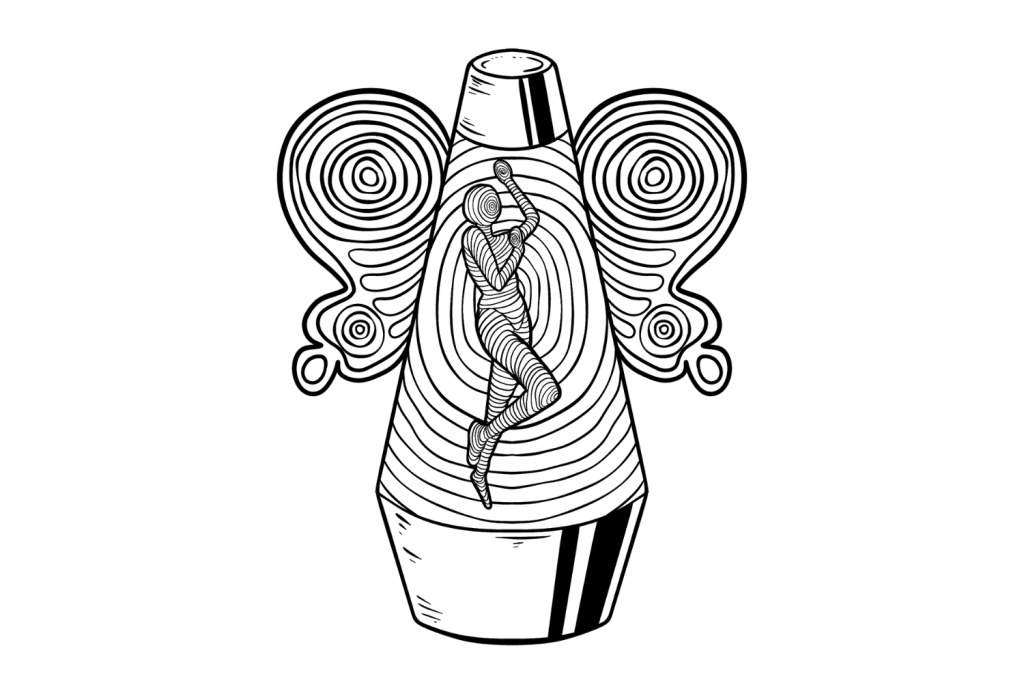
Compared to MDMA (ecstasy), butylone has different pharmacological properties. Butylone is less potent in terms of dosage and has a more balanced effect on the neurotransmitters catecholamine and serotonin. Butylone behaves more like a reuptake inhibitor, similar to methylphenidate, rather than a releaser like amphetamine. However, butylone still has a relatively strong ability to release neurotransmitters.
Regarding recreational users, though, the relevant information is quite different. Users already have a pretty good idea of what synthetic cathinones do. What they really want to know is how Butylone’s effects profile compares to other compounds in its class. In other words, they want other users to point out all the little subtleties that make up the subjective effects of butylone
Luckily, we have access to the many designer drug forums where just these conversations are taking place.
The most common effects associated with butylone include the following:
- Physical effects — Stimulation, Spontaneous physical sensations (body high), Vibrating vision, Dehydration, Difficulty urinating, Temperature regulation suppression, Tactile enhancement, Increased heart rate, Increased perspiration, Increased blood pressure, Teeth grinding
- Cognitive effects — Cognitive euphoria, Empathy, and sociability enhancement, Time distortion, Thought acceleration, Analysis enhancement, Mindfulness, Increased libido, Increased music appreciation
- After Effects — Anxiety, Cognitive fatigue, Depression, Irritability, Motivation suppression, Thought deceleration, Wakefulness
Is Butylone Addictive?
In the United States, butylone is a Schedule I drug under the Controlled Substances Act (CSA). This designation entails that a drug has no medical use whatsoever and significant potential for abuse.
However, in terms of peer-reviewed research, there doesn’t seem to be a whole lot of studies directly assessing butylone’s addictive potential.
This isn’t much of a problem, though, as the addiction research on synthetic cathinones as a whole is quite clear. As a subtype, these compounds display a vast potential for addictive symptoms, both physical and psychological [4].
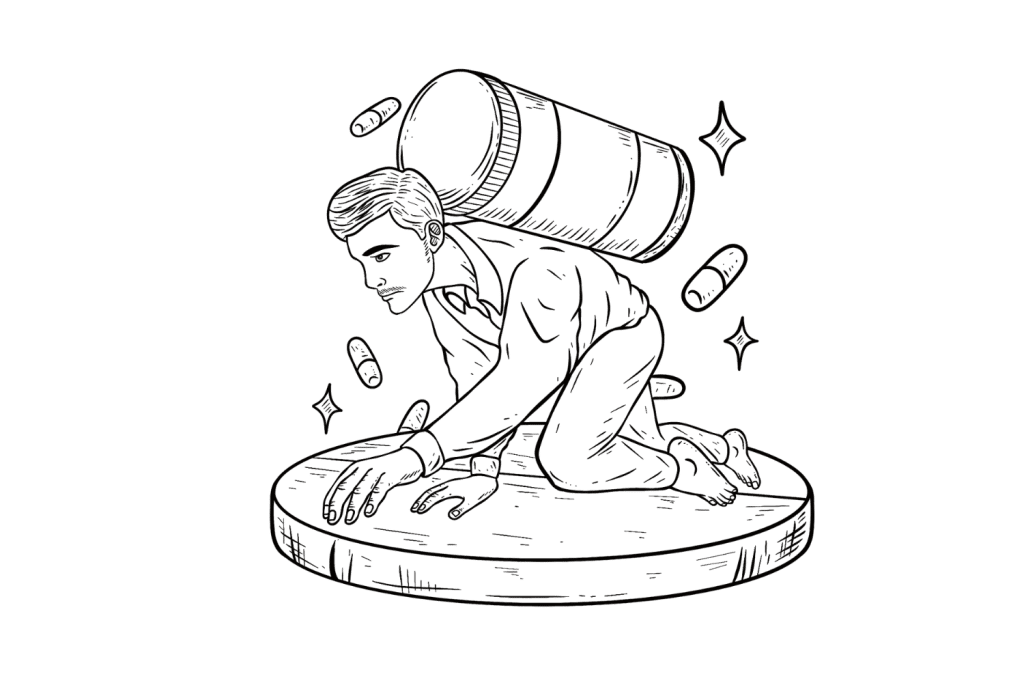
Given their incredible potency and their emphasis on stimulant effects, the addictive potential of cathinones is hardly surprising. We also know these compounds have a strong affinity for dopamine receptors, a neurotransmitter linked to several addiction mechanisms.
For instance, dopamine plays a role in the brain’s reward pathway, which is responsible for reinforcing behavior that is essential for survival, such as eating, drinking, and sexual activity. When dopamine is released in response to natural rewards or positive experiences, it signals to the brain that the behavior leading to that reward is beneficial and should be repeated.
Sustained use of butylone is likely to wind up in the formation of physical addiction, which also entails the presence of nasty withdrawal symptoms.
Is Butylone Safe? Risks & Side Effects
When done in a safe and responsible manner, butylone use can be considered relatively safe. However, it is an incredibly potent compound, and its general risk level is definitely higher than that of most recreational drugs.
The biggest danger when using potent stimulant compounds is the possibility of life-threatening cardiac events like a heart attack. This risk can be significantly ameliorated, though. The use of common sense harm reduction tactics, such as starting off with a threshold dose, can do much to remove excess risk.

But it’s not just heart attacks. Excessive stimulation brings on a whole host of potentially dangerous side effects, such as abnormal heartbeat, hyperthermia, and increased blood pressure. None of these are too bad, but in the presence of commonplace risk factors like polydrug use, they can quickly become something much worse.
Synthetic cathinones, and indeed all drugs that can cause excess stimulation, may also bring on negative states of mind. Light anxiety and paranoia are common, but psychosis and manic states, though rarer, are also a possibility.
We must also consider that butylone is a drug with serotonergic action, and this implies a couple of risks. First off, drugs with serotonergic action, when done in excess and especially when combined with other serotonergic drugs, may result in serotonin syndrome, a potentially life-threatening condition.
There’s also plenty of research to show that serotonergic drugs can impact serotonin levels in the brain on a long-term basis, leading to their depletion, which in turn affects a whole host of issues such as mood regulation and more. There’s no research to prove that butylone has this effect, but the risk can’t be cast out at the moment.
References
- López-Arnau, R., Martínez‐Clemente, J., Pubill, D., Escubedo, E., & Camarasa, J. (2012). Comparative neuropharmacology of three psychostimulant cathinone derivatives: butylone, mephedrone, and methylone. British Journal of Pharmacology, 167(2), 407-420.
- Cozzi, N. V., Sievert, M. K., Shulgin, A. T., Jacob III, P., & Ruoho, A. E. (1999). Inhibition of plasma membrane monoamine transporters by β-ketoamphetamines. European Journal of Pharmacology, 381(1), 63-69.
- Simmler, L. D., Buser, T. A., Donzelli, M., Schramm, Y., Dieu, L. H., Huwyler, J., … & Liechti, M. E. (2013). Pharmacological characterization of designer cathinones in vitro. British Journal of Pharmacology, 168(2), 458-470.
- Baumann, M. H. (2014). Awash in a sea of ‘bath salts’: implications for biomedical research and public health. Addiction (Abingdon, England), 109(10), 1577.

